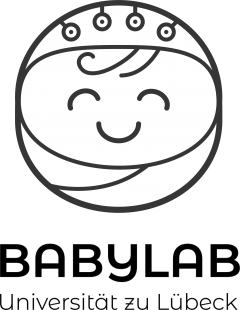In our newest publication, we discuss and describe how a recent approach to data analysis, namely neural tracking, can be applied to infant EEG data. In most of our studies, we use a different approach called event-related potentials (ERPs), which works quite well but requires the baby to watch the same picture (or listen to the same sound) over and over again. Obviously, this starts to get boring very quickly. Using neural tracking, we can analyze the baby’s brain responses to a constantly changing signal; listening to a story, watching a cartoon, or observing other people interacting in real life. Using this approach, we can therefore design experiments that are much more exciting and at the same time much closer to natural situations.
Further information and all the mathematical details can be found here:
Jessen, S., Obleser, J., & Tune, S. (in press). Neural Tracking in Infants – an Analytical Tool for Multisensory Social Processing in Development, Dev Cogn Neurosci
